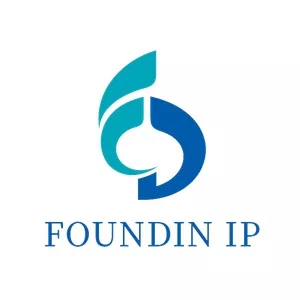In order to encourage the development of innovative pharmaceutical companies in China, patent term extension (PTE) is introduced for the first time to the amended Chinese Patent Law that will take effect from June 1, 2021.
PTE was first introduced from the Hatch-Waxman act of the U.S in 1984, with the aim to make up for the time taken for the clinical trials and market approval of a drug. At the beginning of 2020, PTE was mentioned in the Economic and Trade Agreement Between China and the U.S, and then was added to Article 42 of the new Chinese Patent Law.
The specific provisions of Article 42 are as follows: "In order to compensate for the time taken for the review and approval of a drug, the CNIPA may, at the request of the patentee, grant compensation for a period of time for new drug invention patents that have been authorized for marketing in China. The compensation period shall not exceed 5 years, and the total effective patent term after market approval shall not exceed 14 years."
The Implementation Regulations (Draft) stipulate details of PTE, including the calculation method of the extension period of the patent, the timing of filing a request, the applicable conditions, the scope of protection, etc. We outline some key points below.
- PTE is applicable to patents related to new chemical drugs, new biological preparations, new traditional Chinese medicine (TCMs), method of preparing a drug and medical use patents. However, please note that an invention patent for a medical equipment/device is excluded.
- When a drug is protected by multiple patents, only one patent can be used for PTE request; when a patent is related to multiple drugs, only one drug can be requested for PTE under said patent, and the patent should not have been granted for any other PTE.
- During the PTE period, the scope of the patent is restricted to the new drugs and the indication thereof as authorized by the National Medical Products Administration (NMPA). That is, the scope of protection during the PTE is not a direct extension of the original patent right, but is further limited to the approved use of the drug.
- PTE request should be filed within 3 months from the date of obtaining market authorization.
In general, if the time elapsed from the filing date to the time to market is more than 6 years, PTE may need to be requested. In addition, the principle of request is applicable to PTE, so the innovative pharmaceutical companies should constantly monitor the time limit, and file the PTE request to the CNIPA timely and actively.
Since details of PTE are in the Draft of the Implementation Regulations, we will keep you updated how PTE is implemented.
The content of this article is intended to provide a general guide to the subject matter. Specialist advice should be sought about your specific circumstances.



